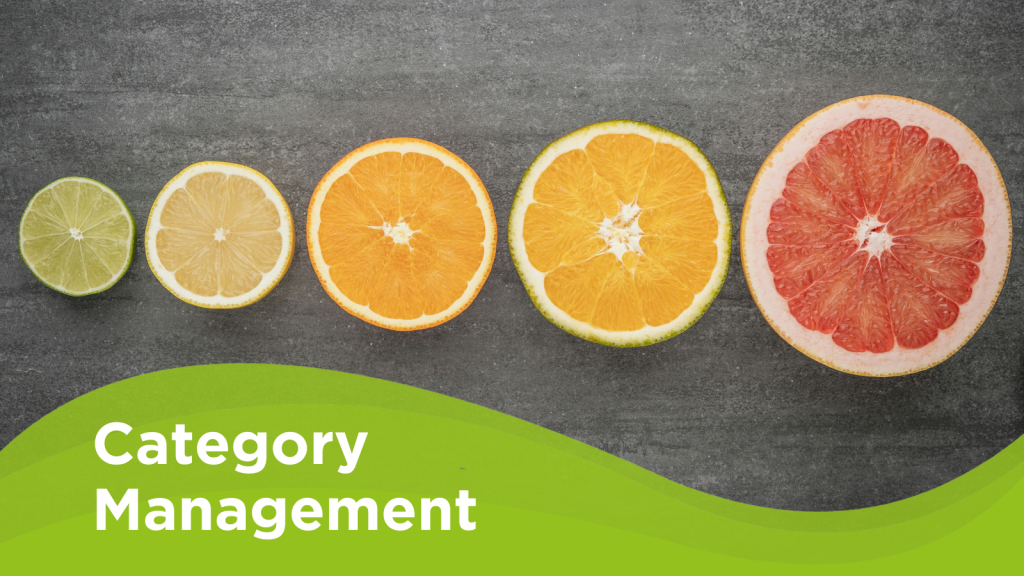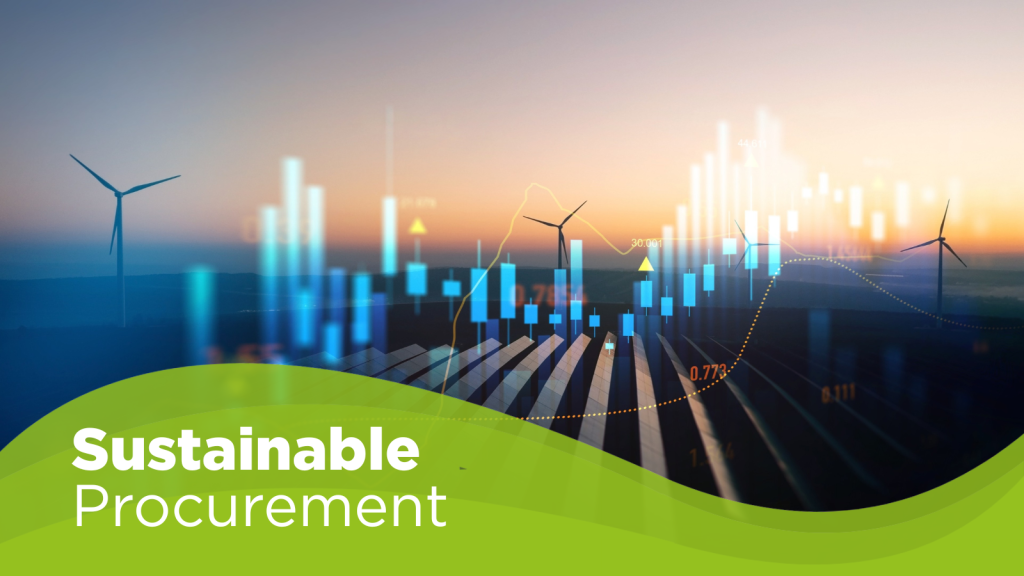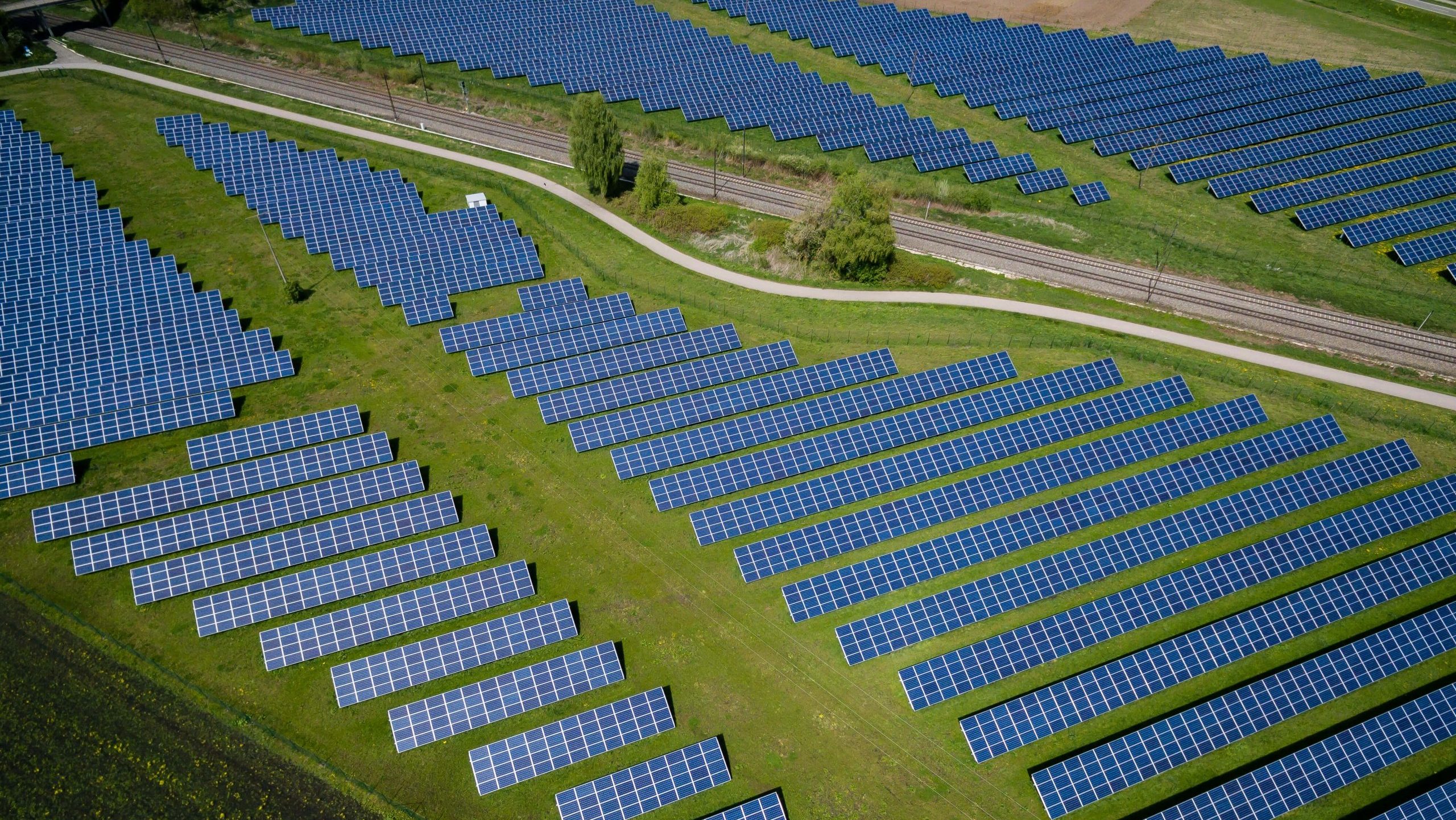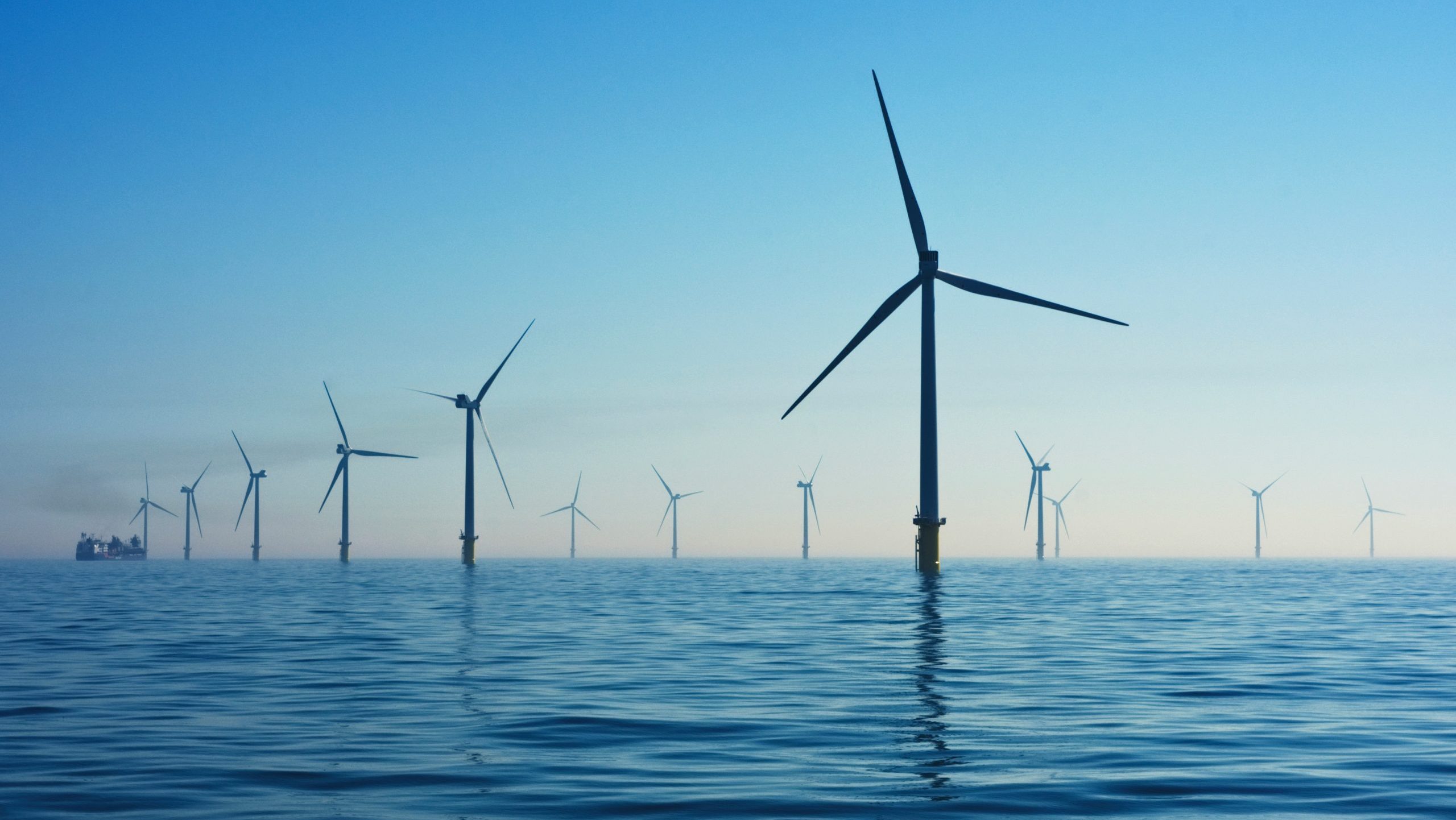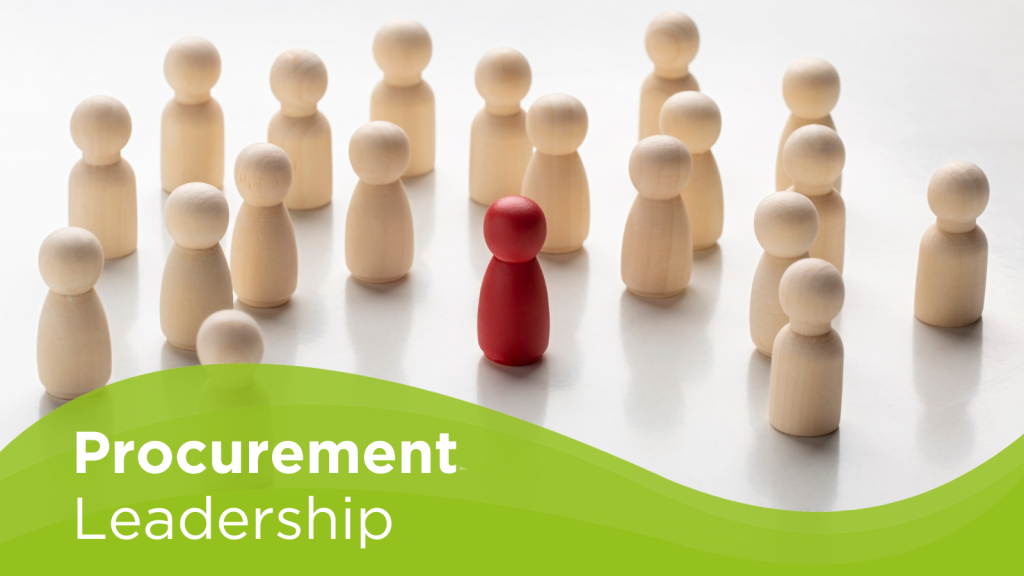In today’s increasingly conscious business world, procurement is no longer just about cost savings—it’s about creating long-term value for companies, suppliers, and the planet. In a recent discussion on the Procurement Board, experts Bertrand Maltaverne of Vienna and Tomáš Veit of Asahi Group of Breweries shared their insights on sustainable procurement, KPIs, and strategic integration in modern procurement practices.
Understanding Sustainable Procurement
When asked about sustainable procurement, Bertrand Maltaverne framed it simply:
"Sustainable is all about not being selfish. It’s not just about buying something because I like it, but understanding the impact today and on the future—for resources, jobs, and people."
Tomáš Veit complemented this with a compelling analogy:
"Sustainability can be compared to nature. If everything is in balance, everything works well. Our role in procurement is to find the right balance between environmental, economic, and social sustainability—the ‘magic triangle.’"
This “magic triangle” of sustainability—environmental, social, and economic—is central to integrating sustainable practices in procurement, ensuring that decisions benefit people, the planet, and business alike.volatility.
Aligning Sustainability with Strategy
Sustainable procurement works best when fully embedded into corporate strategy. Tomáš explained that at Asahi, sustainability is integrated across short-term, mid-term, and long-term plans, influencing everything from raw material sourcing to circularity initiatives in packaging and equipment.
"Everything we plan to do in sustainability is nicely in correlation with the business strategy and ambition," he noted. This alignment allows procurement teams to execute sustainability initiatives efficiently and effectively, without sacrificing operational or financial performance.
Bertrand added that KPIs play a critical role:
"Companies communicate a lot about sustainability, but procurement ensures that they walk the talk. Supplier selection, audits, and sourcing decisions all need measurable KPIs to avoid situations like the Nike example from the past, where subcontractors violated ethical standards."
KPIs range from environmental metrics, such as CO₂ reduction and water consumption per hectoliter of beer, to social and financial measures, ensuring suppliers meet ethical, social, and economic standards.
From Vision to Action
Turning sustainability goals into measurable action requires a clear vision, focus, and accountability. Tomáš outlined the approach at Asahi:
- Define ambition – Understand the business and sustainability goals.
- Build a baseline – Assess current performance and identify the gap.
- Set measurable milestones – Track progress in 2025, 2030, and 2050.
- Operationalize KPIs – Monitor water consumption, CO₂ footprint (Scope 1, 2, and 3), circularity, and sustainable sourcing of agricultural commodities.
Bertrand highlighted the importance of combining philosophy with process:
"Procurement is about savings, but sustainability is about the huge invoice we leave for our kids. The duty of procurement is to take the best decision possible—a trade-off between efficiency, impact, and ethics." innovation across the supply chain.
Why Every Procurement Professional Should Care
A key takeaway from the discussion is that sustainable procurement is a unique opportunity for impact:
"Procurement is here to save the world. Every decision we make as buyers shapes the world of tomorrow," Bertrand said.
Tomáš reinforced this idea with a practical perspective:
"Behave in your business like you would at home—in your garden. Your impact through procurement can be exponentially greater than what you can achieve as an individual."
Sustainable procurement is therefore not just a professional responsibility—it’s a chance to protect the planet, support communities, and drive top-line growth while managing risk.
Practical Takeaways for Procurement Teams
For teams new to sustainable procurement, the advice is clear:
- Start with why – Define the purpose behind sustainability efforts and align with corporate values.
- Focus on impact – Prioritize initiatives that offer measurable benefits to the business and the planet.
- Measure and manage – Use KPIs to track environmental, social, and economic outcomes.
- Integrate into strategy – Embed sustainability in supplier management, sourcing, and internal collaboration.
- Lead by example – Be honest, transparent, and consistent in all sustainability actions.
Bertrand summarized it succinctly:
"Sustainability is your chance to be very selfish—selfish about protecting the planet, your jobs, and the economy. If you are selfish in this way, it’s good for everybody."
Procurement is no longer a back-office function; it is a driver of innovation, ethical standards, and sustainable business growth. By embracing sustainable procurement, professionals can help their companies—and the world—thrive.
